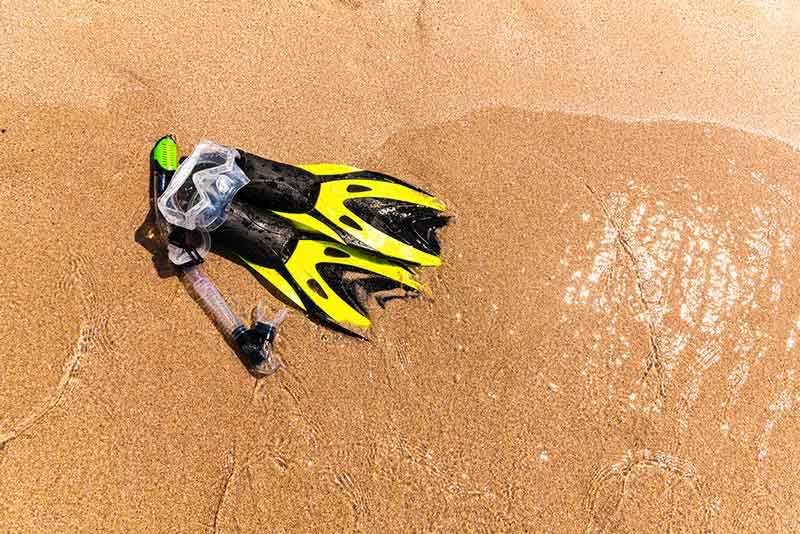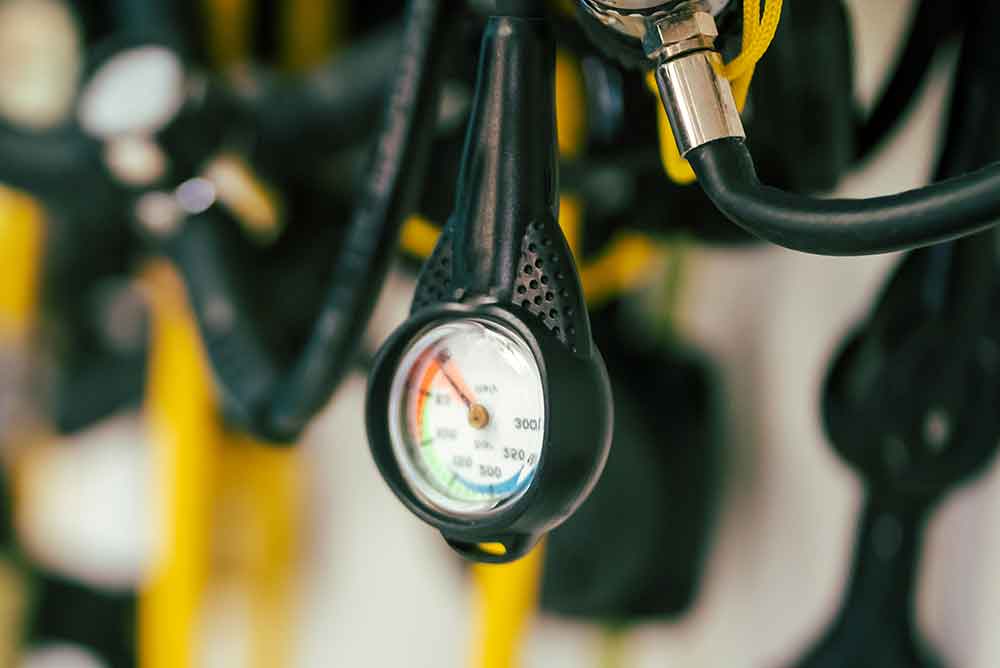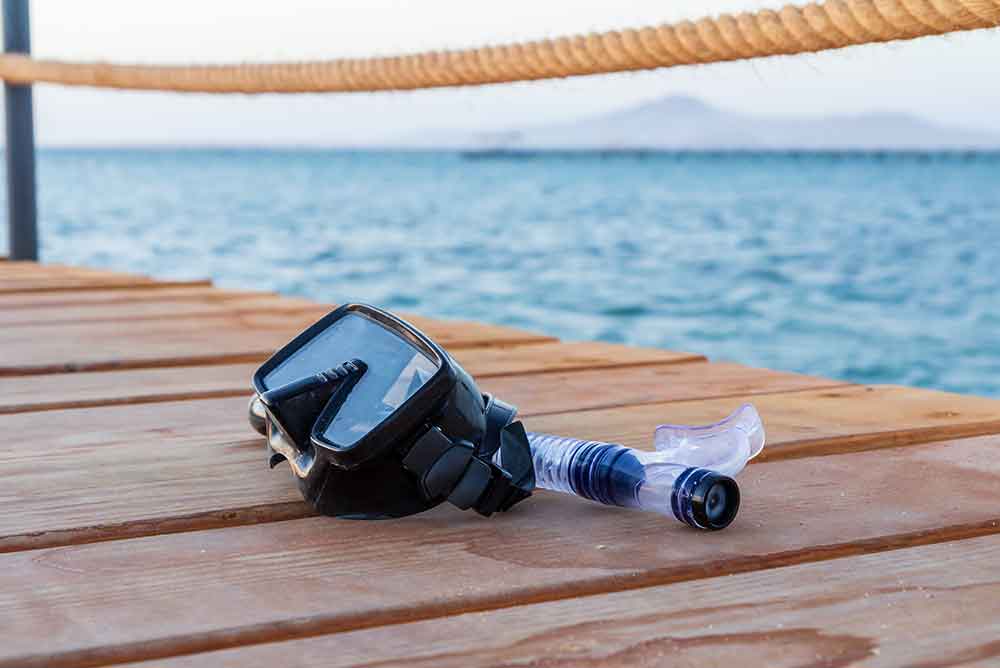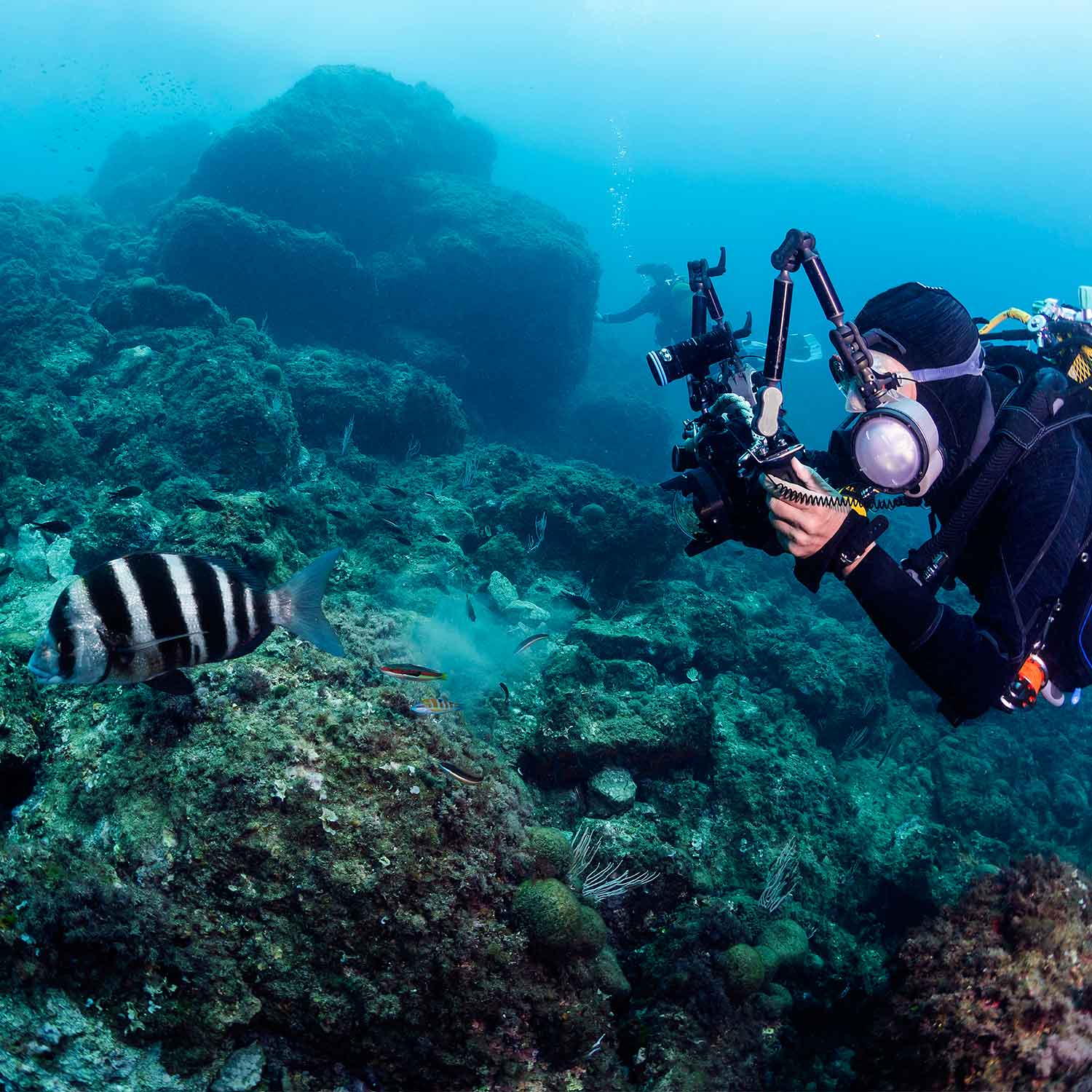Top Scuba Diving Gear for Exploring the Galapagos and Beyond
Scuba Diving Galapagos offers guidance on selecting top scuba diving gear for local and international dive conditions. This page outlines essential scuba equipment for beginners, recreational divers, and professionals. The focus is on gear suited for the Galapagos, including items that support cold-water diving, strong currents, and eco-conscious practices.
This content is for informational purposes only. It is not a substitute for professional training, certification, or safety instruction. Always consult a certified dive professional before using any equipment.
Essential Scuba Diving Equipment Every Diver Needs
Understanding the core components of a standard scuba setup is the first step for anyone preparing for a dive trip. This section includes the top scuba diving gear used by beginners, recreational divers, and professionals alike.
Mask, Snorkel, and Fins
A high-quality dive mask with tempered glass lenses and adjustable silicone straps ensures clear vision and a secure, comfortable fit, while a well-fitting, collapsible snorkel allows effortless surface breathing and easy travel. Fins should match the diver’s strength and style, with open-heel fins and booties ideal for rough or cold waters like the Galapagos, and full-foot fins better suited for warm, calm conditions.
Wetsuits and Drysuits for Variable Conditions
Wetsuit thickness depends on water temperature and dive duration, with a 5mm or 7mm suit plus gloves and a hood recommended for the Galapagos due to variable thermoclines. Drysuits, used for colder or deeper dives, require special training because they affect buoyancy differently than wetsuits.
Buoyancy Control Devices (BCDs)
A BCD is crucial for controlling buoyancy, with features like adjustable straps, integrated weights, and adequate lift capacity; jacket-style models suit beginners, while back-inflate types offer better trim for experienced divers. In the Galapagos, a durable BCD with extra pockets for signaling gear or accessories is highly recommended.
Dive Regulators and Octopus Systems
A regulator system delivers air from the tank and includes a first stage, second stage, alternate air source (octopus), and pressure gauge or console. For colder waters like those in the Galapagos, choose an environmentally sealed regulator rated for cold water and ensure compatibility with DIN or yoke valves based on local tank setups.



Specialized Top Scuba Diving Gear for the Galapagos
Galapagos diving requires gear suited for strong currents, changing temperatures, and marine protection rules. The following items enhance safety and support eco-friendly practices.
Reef-Safe Essentials
Use biodegradable, reef-safe sunscreen to avoid harming marine life. Avoid sprays and opt for lotions labeled “reef-safe.” Reusable water bottles and mesh bags also reduce environmental impact.
Dive Computers and Gauges
Choose a wrist-mounted dive computer with depth tracking, ascent alarms, and multi-gas support—ideal for Galapagos dives and strong currents.
Underwater Cameras and Lighting
Compact cameras work well for most divers. Add LED video lights or strobes to improve visibility and color at depth, and use flexible arms to reduce backscatter.
Surface Signaling and Safety Gear
Always carry a DSMB, whistle, and mirror for surface signaling. GPS devices or air horns offer added safety during drift or remote dives. Attach safety items securely to the BCD.
Travel-Friendly Scuba Diving Gear for Island Hopping
Divers traveling to the Galapagos need compact, durable, and easy transport gear. This section covers key items that balance performance and portability.
Lightweight and Packable Options
Look for travel-specific fins, collapsible snorkels, and modular BCDs designed for compact packing. Lightweight regulators with padded travel cases reduce baggage weight and protect sensitive parts.
Dive Bags and Packing Tips
Use rolling dive bags with padded compartments or backpack-style bags for mobility. Dry bags protect valuables during day trips. Pack exposure gear, masks, and computers in a carry-on to avoid damage or loss.
Advanced and Professional Scuba Diving Equipment
Experienced divers and professionals in the Galapagos often require advanced gear for technical dives, deep sites, and photography.
Gear for Deep and Wreck Diving
Use dive computers with multi-gas and decompression functions for deep dives. Redundant air systems (pony bottles), reels, and cutting tools are essential for wreck or overhead environments. Ensure all equipment is rated for the planned depth.
Photography and Videography for Pros
For advanced imaging, mirrorless camera systems with underwater housings are recommended. Add strobes and arms for wide-angle or macro shots. Use float arms or buoyancy kits to manage heavy setups.
Maintenance and Backup Equipment
Bring a save-a-dive kit with spare O-rings, mouthpieces, and tools. Include defog solution and batteries for electronics. Regularly inspect and service gear between dives, especially when diving in remote locations.

Local Gear Considerations for Galapagos Divers
Diving conditions in the Galapagos vary by season and location—understanding when and what to pack improves dive safety and comfort.
Seasonal Recommendations
Water temperatures range from 16°C to 26°C, depending on the season. A 5mm–7mm wetsuit is typically required year-round. Hoods, gloves, and layered protection may be needed during colder months (July–December).
Renting vs. Bringing Your Gear
Most Galapagos dive shops offer basic gear rentals. However, bringing personal gear ensures proper fit and familiarity. You should get your mask, computer, and regulator. Check rental quality and availability in advance.
